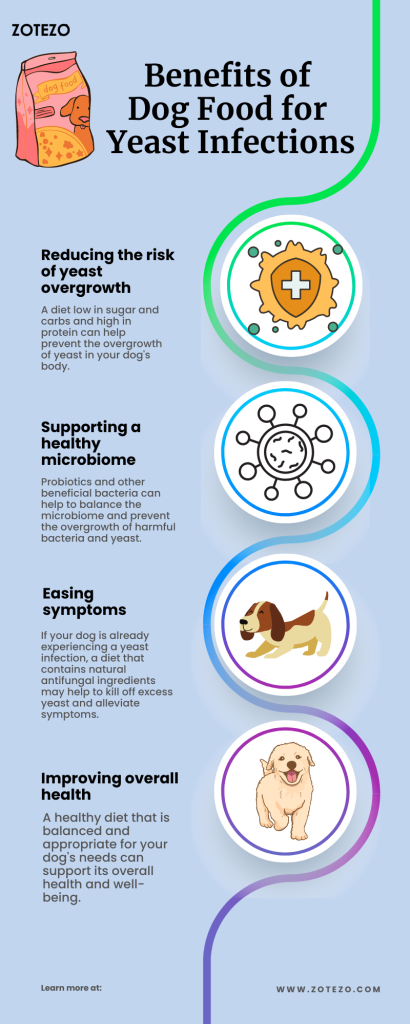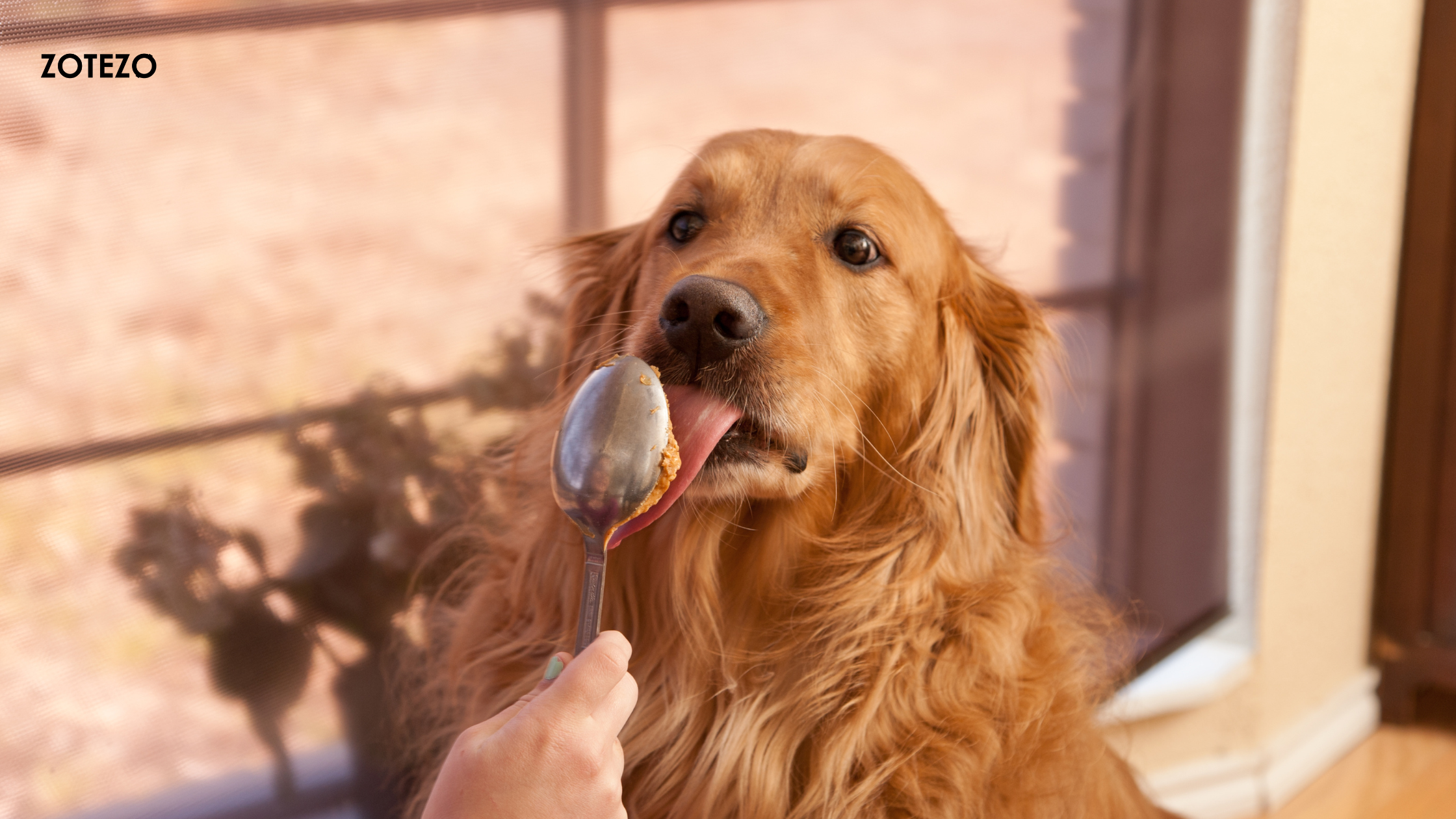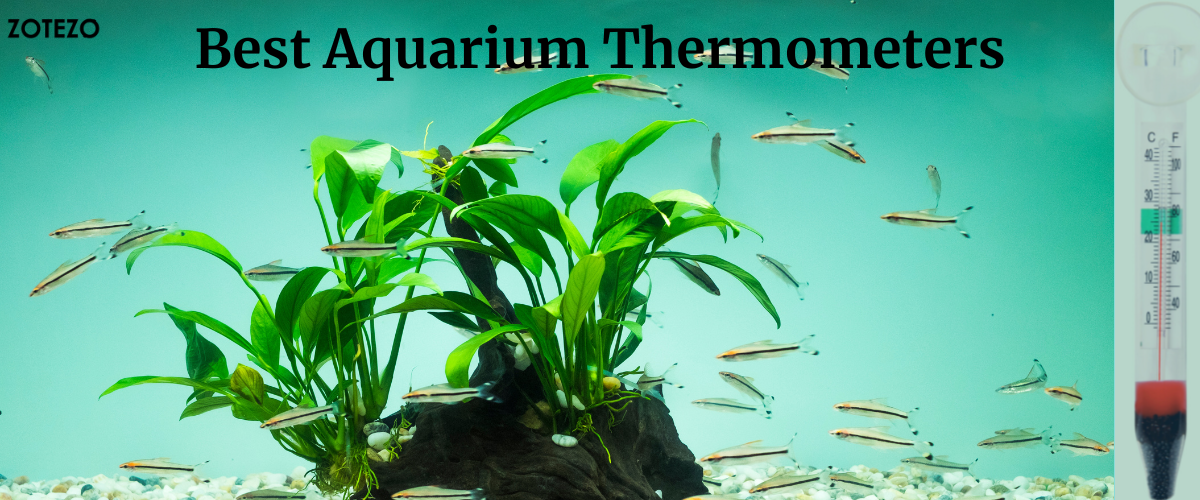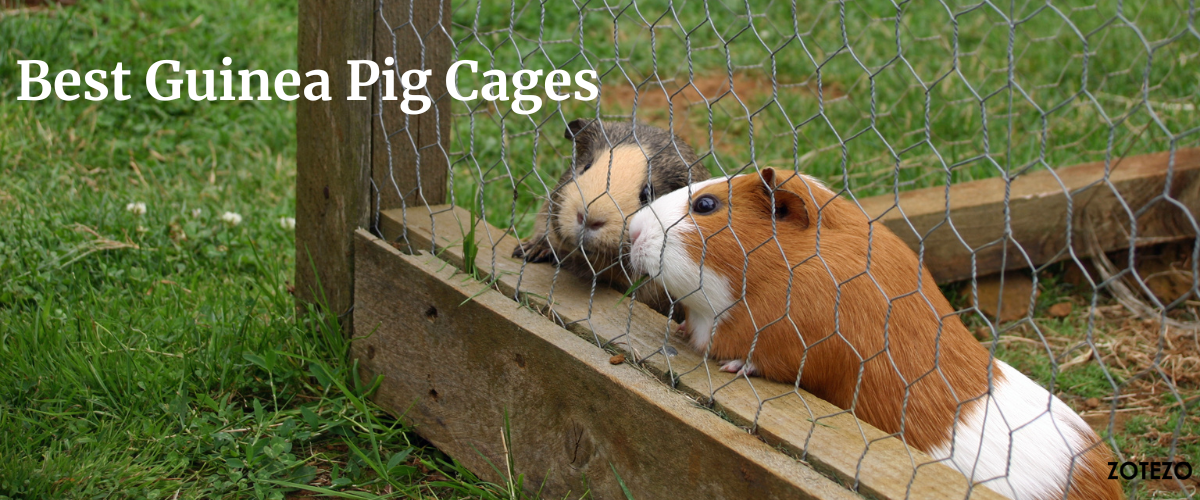Introduction
Do you have a pup who suffers from repeated yeast infections? Have you been struggling to find Best dog foods that won’t worsen the problem? If so, then you’re in luck! In this article, we will explore some of the best dog food for specifically designed for yeast infections that will help your in dealing with the pesky yeast infection. Yeast infections are widespread among dogs and, if left untreated, can cause serious health issues. Luckily, there is now an array of healthy and nutritious dog foods specifically formulated to help manage yeast infections in pets.
But, with so many options flooding the market, it can take time to choose the best one that fulfils your ideal requirements. You may be in confusion wondering about below questions:
1. Which dog food is good for yeast infection?
2. What are its benefits?
3. What to look for while buying dog food for yeast infection?
So, keeping all this in mind, we’ll go over what ingredients are good (and bad!) for helping your pup maintain healthy skin and coat, as well as other tips and tricks to help keep those annoying itches away. So if you’re looking for a food change that can lead to healthier skin and better overall health, stick around–you may find the answer right here!
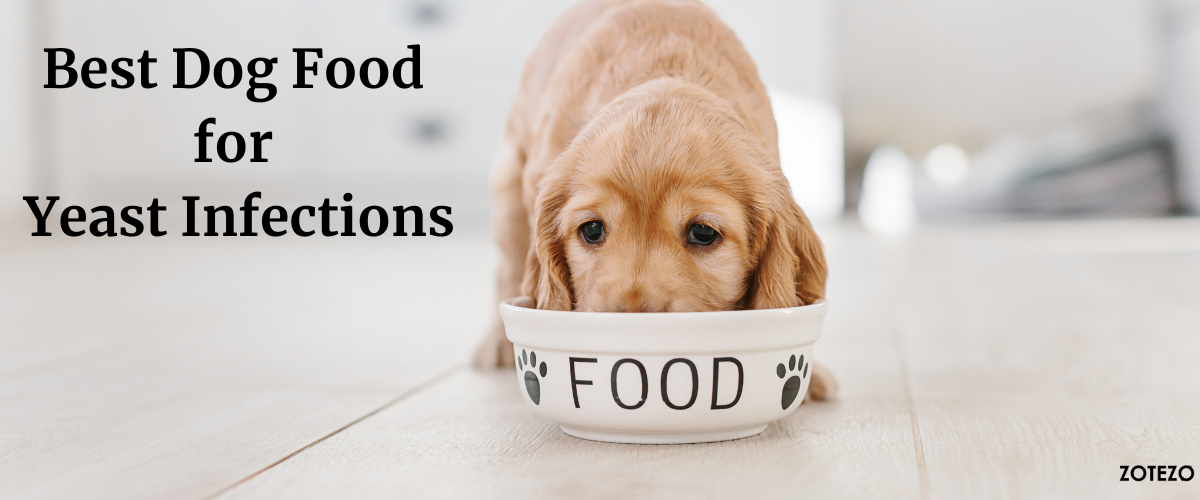
Find The Best around the world
Australia
Canada
France
Germany
India
Italy
Japan
Netherlands
Singapore
Spain
Sweden
UAE
UK
USA
Tips for choosing the right Dog Food for you
1. Avoid foods with high levels of carbohydrates
One of the main reasons dogs get yeast infections is because they eat foods high in carbohydrates. Carbohydrates break down into sugar, and yeast thrives on sugar. Therefore, avoiding foods high in carbohydrates, such as grains, sweet potatoes, and corn, is essential. Moreover, if you want to provide protein, vitamins and healthy fats, here you can explore the list of Best peanut butter for dogs.
2. Look for foods that contain probiotics
Probiotics are live bacteria that are beneficial for gut health. They can aid in restoring the balance of good and bad bacteria in the gut, which can help to prevent yeast infections. Look for dog foods that comprise probiotics, such as yogurt or kefir.
3. Choose a food that is high in protein
Protein is an essential nutrient for dogs, and it can also help to prevent yeast infections. Dogs who eat a diet high in protein are less likely to develop yeast infections than those who eat a diet low in protein. Therefore, it is essential to choose a dog food high in protein, such as meat or fish.
4. Avoid foods that contain artificial preservatives or flavourings
Artificial preservatives and flavourings can be harmful to dogs and can also contribute to yeast infections. Therefore, it is essential to avoid dog foods that contain these ingredients. Instead, look for dog foods that are made with natural ingredients.
5. Talk to your veterinarian about the best food for your dog
If you are still deciding which dog food to choose, talk to your veterinarian about the best option. They will be able to recommend food based on your dog’s individual needs. We suggest to explore Best dog treats to fulfill pet’s nutritional value as well as behavioral guidance.
Advantages of using Dog Food
There are several benefits to feeding your dog a diet designed to help prevent or treat yeast infections. Some of the main benefits include:
Reducing the risk of yeast overgrowth
A diet low in sugar and carbs and high in protein can help prevent the overgrowth of yeast in your dog’s body.
Supporting a healthy microbiome
Probiotics and other beneficial bacteria can help to balance the microbiome and prevent the overgrowth of harmful bacteria and yeast.
Easing symptoms
If your dog is already experiencing a yeast infection, a diet that contains natural anti-fungal ingredients may help to kill off excess yeast and alleviate symptoms.
Improving overall health
A healthy diet that is balanced and appropriate for your dog’s needs can support its overall health and well-being.
It’s important to note that diet is one factor in preventing and treating yeast infections. Proper hygiene, such as regularly washing your dog’s bedding and toys, and keeping their ears clean, can also help prevent excess yeast growth. Consult with your veterinarian for specific recommendations on preventing and treating yeast infections in your dog.
Types of Dog Food for Yeast Infections
Several types of dog food can help prevent or treat yeast infections. These include:
1. Low carbohydrate, high protein diets: These diets are generally low in sugar and carbs and high in protein, which can help to prevent the overgrowth of yeast in your dog’s body.
2. Anti-fungal diets: These diets contain natural anti-fungal ingredients, such as coconut oil or oregano oil, which can help to kill off excess yeast in your dog’s body.
3. Probiotic diets: These diets contain probiotics, which are beneficial bacteria that can aid in balancing the microbiome and prevent the overgrowth of yeast.
4. Hypoallergenic diets: If your dog has a specific allergy or sensitivity, a hypoallergenic diet that does not contain the ingredient to which your dog is allergic may help prevent or treat yeast infections.
Ingredients to Look for in Dog Food for Yeast Infections
When selecting a dog food to help prevent or treat yeast infections, it can be helpful to look for certain ingredients that can support your dog’s health and well-being. Here are some ingredients to consider:
1. High-quality protein
Look for food that contains high-quality sources of protein, such as meat, poultry, or fish, to help support your dog’s immune system and overall health.
2. Natural anti-fungal ingredients
Ingredients such as coconut oil and oregano oil can help to kill off excess yeast in your dog’s body.
3. Probiotics
Probiotics are beneficial bacteria that can aid in balancing the microbiome and prevent the overgrowth of yeast.
4. Limited carbohydrates
A diet low in sugar and carbs and high in protein can help prevent the overgrowth of yeast in your dog’s body.
5. Other nutrient-rich ingredients
Look for other nutrient-rich food, such as vegetables, fruits, and healthy fats, to support your dog’s overall health.
It’s important to note that every dog is different and may have specific nutritional needs. It’s always a great idea to talk to your veterinarian before making any amendments to your dog’s diet, especially if your dog has specific health needs or is being treated for a medical condition. They can help to recommend the most appropriate food for your dog’s needs.
Disdvantages of using Dog Food for Yeast Infections
Dog food formulated to help prevent or treat yeast infections should not have adverse side effects. However, as with any change in diet, your dog may have gastrointestinal upset, such as diarrhea or vomiting, when transitioning to a new food.
If your dog is experiencing any adverse reactions to a new food, it is essential to consult your veterinarian. They can help determine the response’s cause and recommend the appropriate course of action.
It’s also important to carefully follow the feeding recommendations on the new food label, as overfeeding or underfeeding can cause problems for your dog. If you have any concerns about the suitability of a particular food for your dog or if it is experiencing any unusual symptoms, it is always best to consult a veterinarian.
Who should use Dog Food
Dog food for yeast infection is typically used for dogs suffering from yeast overgrowth issues, such as fungal infections in the ears, skin, or digestive tract. It’s recommended for dogs diagnosed with yeast infections by a veterinarian, and it’s essential to follow their guidance on dietary management alongside appropriate medical treatment. Additionally, dog owners who suspect their dogs may have yeast-related issues should consult with a vet to determine the best course of action, including dietary adjustments.
Recommended Dosage of Dog Food for Yeast Infections
How to use Dog Food for Yeast Infections
here’s a brief guide on using dog food for yeast infections:
- Consult a Veterinarian: Seek guidance from a veterinarian to confirm the presence of a yeast infection in your dog and determine the appropriate treatment plan, including dietary adjustments.
- Choose the Right Food: Select a high-quality dog food formulated to support dogs with yeast-related issues. Look for products that are low in carbohydrates, sugar, and ingredients that can exacerbate yeast growth.
- Gradual Transition: If switching to a new diet, transition your dog slowly over the course of 7-10 days to avoid digestive upset. Mix small amounts of the new food with their current diet and gradually increase the proportion of the new food.
- Monitor Progress: Keep a close eye on your dog’s symptoms and overall health while using the specialized dog food. Note any improvements or worsening of symptoms and report them to your veterinarian.
- Maintain Consistency: Stick to the prescribed diet consistently to support your dog’s recovery from the yeast infection. Avoid giving treats or table scraps that could undermine the benefits of the specialized dog food.
Do you represent a health, nutrition, beauty, or fitness brand?
Share your brand story, and its philosophy with our millions of readers looking for the highest quality products for their well-being. We understand that your products cater to the unique needs of an individual; here’s your opportunity to share the purpose and unique value proposition of your products that you’ve so caringly created for their well-being.
Share your brand story
Frequently asked questions on Dog Food
1. How do I know if my dog has a yeast infection?
2. Can I feed my dog a homemade diet to prevent or treat yeast infections?
3. Can yeast infections be cured with diet alone?
4. Are there any risks to feeding my dog a specialised diet for yeast infections?
Are you a health, nutrition, beauty or fitness expert?
Inviting all health, fitness, beauty, and wellness experts from around the world to join Zotezo, the ultimate trust commerce platform, and empower millions to make the right decisions for their wellbeing. Share your knowledge, review the highest quality products, and provide valuable insights to our engaged audience. Together, let's create a healthier, happier world!
Join our expert advisory board
Conclusion
To make the best decision for your pup, it is crucial to understand what ingredients to look for and which ones to avoid. This article helped you understand a little more about yeast infections in dogs and how diet can play a role in prevention. Paying attention to the quality of your dog’s food is one way that you can help keep them healthy and happy. Please research and choose the best food for your pup based on their specific needs. Once you’ve decided, let us know what you chose and how it worked!

